Introduction: Redefining Adventure with 125 cc Dirt Bikes
Welcome to the exhilarating world of dirt biking! This comprehensive guide is everything you need to know about 125cc dirt bikes. We dive into the mechanism of the SR125 Pit Bike engine, discuss the dynamics of 2-stroke and 4-stroke engines, and guide you through choosing the perfect 125 cc dirt bike, equipped with efficient features, suited to both beginners and experienced riders.
Part 1: The 125 cc Dirt Bike - An Overview
The SR125 Pit Bike is a single cylinder, 4-stroke, air-cooled engine with a displacement of 124 cc. The engine is fueled by a 22 mm carburetor and provides an output of 7.3 hp @ 7500 rpm. The bike's transmission offers a 4-up manual system. To ensure efficient riders' control, it features hydraulic, conventional front suspension and 275 mm Mono Shock rear suspension. The bike stands on steel wheels fitted with tires of sizes 2.50 - 14 (front) and 3.00 - 12 (rear). It boasts a double bar steel frame with a 'straight' type steel swingarm. Dimensionally, it comes with a wheelbase of 47 inches and a seat height of 30 inches. The bike provides a ground clearance of 10.5 inches and holds up to 0.8 gallons of fuel. Its overall weight is 129 pounds, giving it a balanced and manageable size for dirt biking.
The Heart of 125 cc Dirt Bikes: The Engine
125cc minicross pit bike engine started by kiks. 2 Valves, 4 Speed, 4 Stroke with an internal electrical part of motor, Magnetic flywheel included. Special for all pit bikes, does not include cdi or coil. Bore * Stroke: 56.5mm X 49.5mm with a compression ratio of 9.0: 1. Injection is CDI with a manual transmission that has 4 speeds. The max power is 8.5kw / 9500r / min equaling out to 12HP. The motor's weight is 20kg.
Understanding the Dynamics: The Mechanics of 125 cc Bikes
Dirt bikes are generally designed to traverse rough terrains. There are 125 cubic centimeters (cc) dirt bikes with a 2-stroke engine, as well as the 4-stroke engine variation of the dirt bike. Difference between a 2-stroke and 4-stroke engine: the 2-stroke dirt bikes have an engine that goes through 2 stages to complete a power stroke, while the 4-stroke goes through 4 stages. The former weighs less than the latter and does not require as much space. However, a 4-stroke engine consumes less fuel.
Part 2: Choosing Your 125 cc Dirt Bike
Are you thinking about buying your first dirt bike 125 cc? Do you know which type of dirt bike would be the best fit for you, from the automatic, semi-automatic, or manual types? We will help you decide which transmission is best for you. The best way to determine which dirt bike 125 cc is right for you is to think about your experience and skill level. At Baltimore Motorsports, you can get fully-automatic, semi-automatic, and manual bikes.
Essential Features to Consider Before Buying
When buying a used dirt bike, check the hours on the bike. Ask the owner about his or her maintenance practices. Pull the dipstick and look at the oil. Examine the rear suspension, the swing arm, and the linkage. Check the front suspension and look for oil leaks. Examine the tires and wheels. Listen to the engine & shift through the gears. Give it a general visual inspection. Is the plastic destroyed? What size dirt bike do I need? After you buy your bike, make sure to use a good motor oil.
Top Recommended 125 cc Dirt Bikes
The best 125cc bikes for beginners are: Yamaha TTR125, reliable, affordable and easy to find replacement parts. Honda CRF125F, updated in 2014 with a smooth engine and two model sizes. Also mentioned are Suzuki DRZ125, Kawasaki KLX125 and KLX140. For motocross, Yamaha YZ125, KTM 125 SX, Husqvarna TC 125, Gas Gas MC 125 and TM Racing MX 125 2T are recommended. For trail riding or enduro, recommended bikes include Yamaha TTR125LE, Honda CRF125FB, KTM 125 XC, Yamaha YZ125X, Beta 125 RR, and Sherco 125 SE Factory.
Part 3: Mastering the Art of Dirt Biking
If you like the feeling of wind rushing by you at high speeds, dirt biking may be for you. Riding a dirt bike can be an amazing adrenaline rush once you suit up with the proper safety gear. You will need to learn the main parts of the bike and how to sit on it properly in order to control it. Once you know how to ride, you can tackle all sorts of tracks and trails safely. The brakes are always on the right side of the bike. The throttle is the right handlebar grip, which you pull back to accelerate.
Beginner's Guide to Riding a 125 cc Dirt Bike
If you like the feeling of wind rushing by you at high speeds, dirt biking may be for you. Riding a dirt bike can be an amazing adrenaline rush once you suit up with the proper safety gear. Start with a lightweight track or trail bike for easier control. Dirt bikes come in several varieties, track bikes being the least expensive. Locate the brakes near the right handlebar and foot peg. The throttle is the right handlebar grip, which you pull back to accelerate. The clutch is located ahead of the left handlebar. You use it in conjunction with the throttle to control the bike’s acceleration and deceleration. Use the shifter pedal on the left side of the bike to change gears. The pedal in front of the left foot peg is the gear shifter.
Advanced Techniques for Experienced Riders
Throttle Up. You need to go hard on the throttle for speed. Try to keep your throttle at the limit the majority of the time. Think Seamlessly. Try and think of the motocross track as a seamless course. When you look at the track as one unit, you optimize every single inch of dirt. Verbalize Your Needs. Amp yourself up with positive self-talk. Make Every Turn the First Turn. Think of every turn like you do that first turn, attack them with all of your power. Fight Smarter, Not Harder. Devote your mental energy to keeping your elbows up, your weight in the right place, and your hand on the throttle. Know That Third Gear Is Best. Stay in third gear for as much of the race as you can, and you'll start seeing more speed.
Maintaining Your 125 cc Dirt Bike for Optimal Performance
Maintaining a 125 cc dirt bike involves several crucial steps. Regular oil changes, occurring approximately every 20 hours, ensure optimal performance. The 32:1 gas to oil ratio seems popular among riders. Ensuring the motor case oil use quality is also essential. Crucial to performance is maintaining a clean air filter and consideration of the type of oil used. Further maintenance procedures might involve changing the top end after a race season, keeping a close eye on the clutch condition, and regularly cleaning the bike. Keep the maintenance manual handy for reference.
Routine Care and Maintenance Tips
“An ounce of prevention is worth a pound of cure.” That’s a time-tested piece of advice that also applies to things like dirt bike maintenance. Routine maintenance can prevent catastrophic mechanical failure, accidents and injuries. In our case, an ounce of prevention means: wash your bike after every ride, dry it before inspecting, check for leaks, inspect and clean your chain, check chain tension, inspect and tighten bolts, check controls and control cables, check and clean your air filter, check tire pressure in between each ride, change your oil.
Troubleshooting Common Dirt Bike Problems
Wondering why your dirt bike won’t start, what it means, and how to get it running? Your dirt bike needs spark, a proper mixture of air and fuel, and enough compression from the engine. Check the intake boot for cracks, as well as any bolts or gaskets in between the airbox, carburetor, and engine. Dirty gas clogs up the carb jets and circuits so ensure your fuel is fresh. If your carburetor isn’t too filthy, carb cleaner and compressed air can help. Checking if a dirt bike has a spark is another important troubleshooting method.
Conclusion: Ready to Rev Up Your Life with a 125 cc Dirt Bike
In conclusion, a 125cc dirt bike, carefully selected and meticulously maintained, can rev up your life, offering a thrill like no other. Speed, however, is determined by the rider’s background, the environment, and enhancements to the motorcycle itself. Whether you're changing the exhaust or refining your riding techniques, this guide has prepared you for the exciting journey ahead!






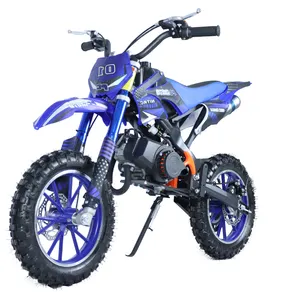






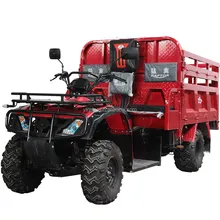


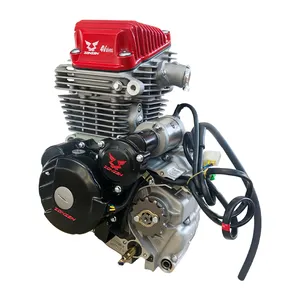


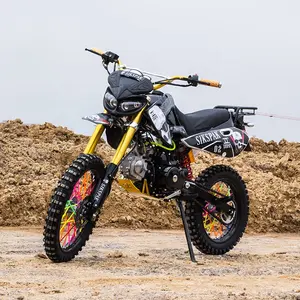
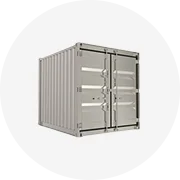
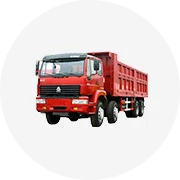
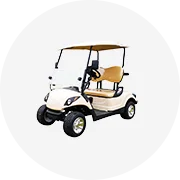
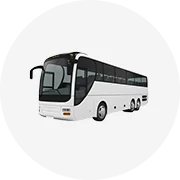
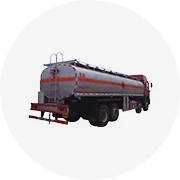

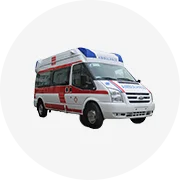
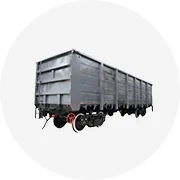
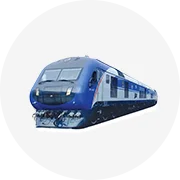
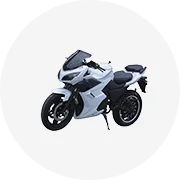
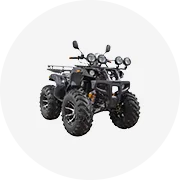

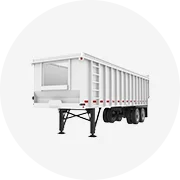
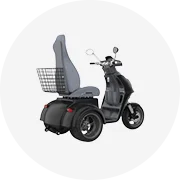








 浙公网安备 33010002000092号
浙公网安备 33010002000092号 浙B2-20120091-4
浙B2-20120091-4